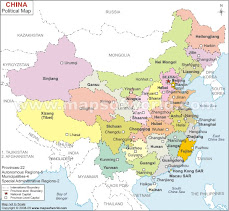
The Chinese believe they are descendants of the Yellow Emperor who formed the first kingdom of China more than 4,000 years ago. The next 200 years were full of legends until the first recorded dynasty – the Xia Dynasty - was established in 2205 BC.
Here is a brief of the different dynasties till the present The People’s Republic of China.
1. Xia -2205BC
2. Shang – 1766BC
3. Zhou – Western Zhou (112BC)
Eastern Zhou (770BC)
The Spring-Autumn Period (770BC)
The Warring States (476BC)
4. Qin – (221BC)
5. Han – Western Han (206BC)
Eastern Han (25BC)
Three Kingdoms (220)
6. Jin – 256
7. Southern and Northern Dynasties – (420)
8. Sui – (589)
9. Tang – (618)
10. Five Dynasties – (907) (Liang, Tang, Jin, Han and Zhou)
11. Song – Northern Song (960)
Southern Song (1127)
12. Liao – (916)
13. Jin – (1115)
14. Yuan – (1279)
15. Ming – (1368)
16. Qing – (1644)
17. Republic of China – (1912)
18. People’s Republic of China – (1949)
Xia夏-Shang商-Zhou周-Qin秦
Han汉-Jin晋-Sui随-Tang唐
Song宋-Liao辽-Jin金
Yuan元-Ming明-Qing青
Republic of China 中华民国
People'sRepublic
ofChina 中华人民共和国











